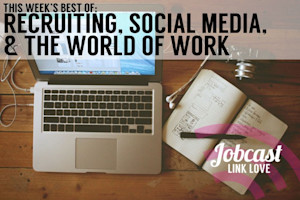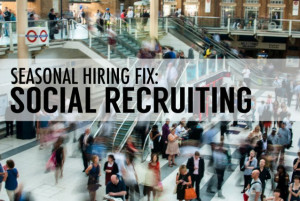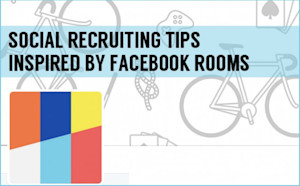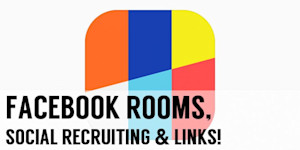November 24
Stress will mess you up.According to Forbes, stress is to blame for 40% of all workplace illness. Stress also causes loss of productivity, communication breakdown and decreased engagement.But, it’s hard not to fall into the stress trap. Especially for those of us surrounded by social media.There is a culture of humble bragging about extreme busyness that is rampant on the Internet.For some reason being busy has become synonymous with being productive, at times it seems that it has become synonymous with being a good person.And yet study after study shows that this “business” leads to stress, and that stress is counter-productive.This busyness overload is a major issue for organizations because it leads to burnout, d…Read More






